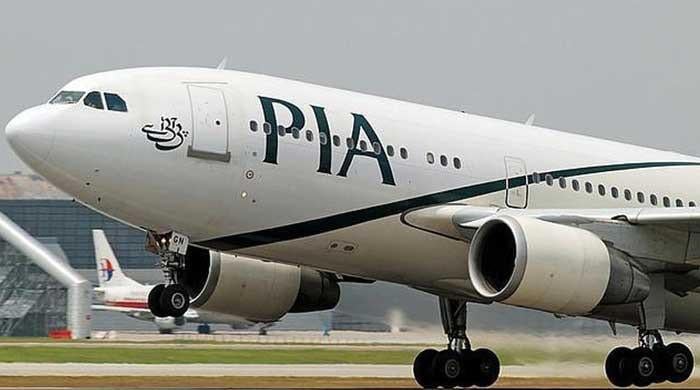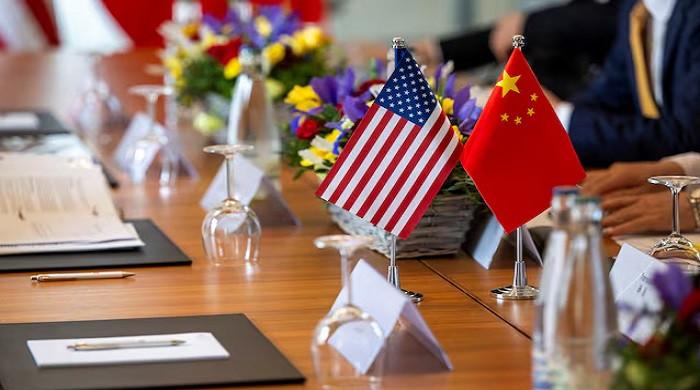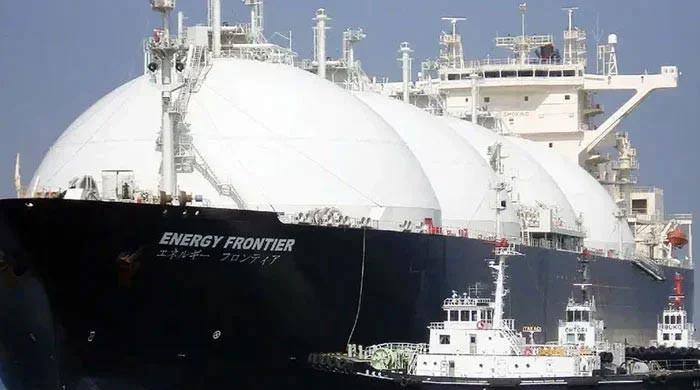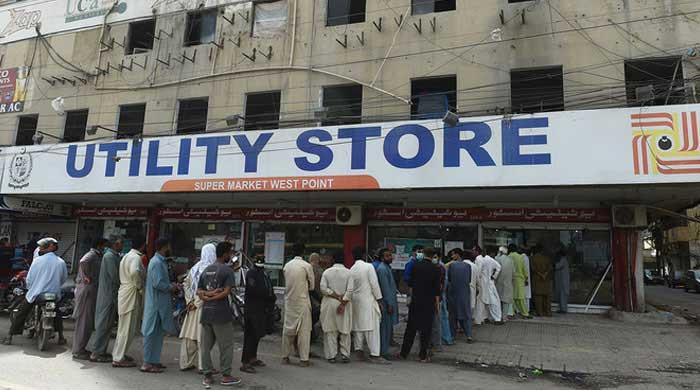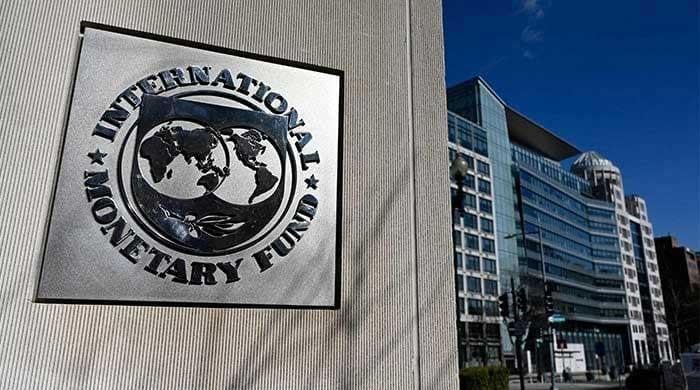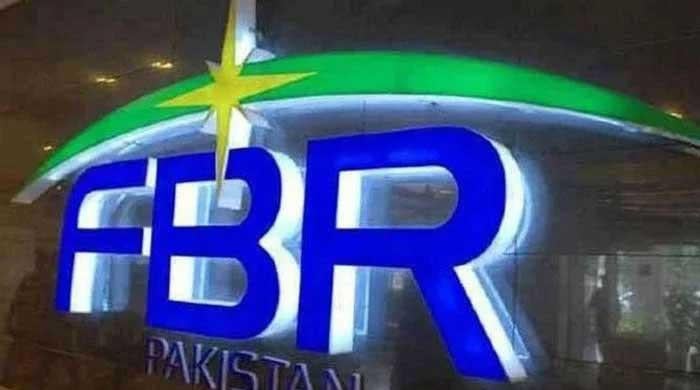Govt considers up to 7.5% rise in pay, pensions despite IMF conditions
PPP has urged the government to raise this figure to 10%
June 07, 2025
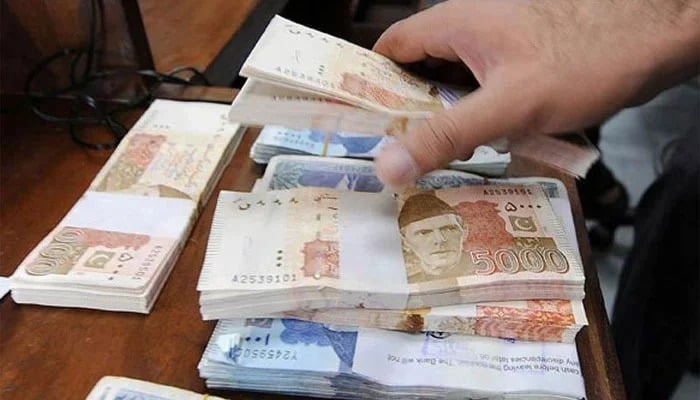
- Military pay incentives, pension reforms under discussion.
- Rs17.5tr budget projected as SBP inflows fall.
- GST on cars may rise, EVs to remain exempt.
ISLAMABAD: Amid tight fiscal constraints imposed by the International Monetary Fund (IMF), the government is weighing a 5% to 7.5% increase in salaries and pensions for public sector employees in the forthcoming budget, The News reported.
The Pakistan Peoples Party (PPP), a key coalition partner, has urged the government to raise this figure to 10%, either during the budget announcement or its parliamentary passage for the fiscal year 2025–26. The proposal has also been shared with the IMF for consideration.
In addition, the government is reviewing proposals to offer additional incentives to the armed forces, including a possible conversion of Risk Allowance into a Pensionable Allowance.
However, no final decision has been made on whether the armed forces will be included in the Defined Contributory Pension (DCP) scheme, which is expected to come into effect from 1 July 2025.
The DCP for civilian employees has already been implemented in the current fiscal year. The government plans to introduce further pension reforms in the upcoming budget, with some significant measures already in place and more stringent steps likely to follow.
For civilian employees, there is a proposal to introduce a 30% Disparity Allowance for those in BS-1 to BS-16. Additionally, two ad-hoc allowances that were previously excluded from the Basic Pay are under review, with one likely to be merged into the basic pay structure.
The Ministry of Finance has prepared multiple scenarios to present before the federal cabinet, headed by Prime Minister Shehbaz Sharif, for final approval on June 10, 2025, ahead of the budget announcement. These proposals include a 5% to 7.5% salary increase, taking into account the reduced inflationary pressures in the outgoing fiscal year. The financial impact of these adjustments has also been calculated and will be shared with the cabinet.
The total federal budget for 2025-26 is projected at Rs17.5 trillion, down from Rs18.87 trillion in the previous year, primarily due to lower non-tax revenues, particularly from the State Bank of Pakistan (SBP) following declining policy rates.
Non-tax revenues are expected to decrease from Rs4.85 trillion to between Rs3 and Rs3.5 trillion in the upcoming budget. On the expenditure side, debt servicing — the largest budget item — is projected to drop from Rs9.775 trillion in the initial estimates of the last budget to Rs8.1 trillion in the new budget. Revised estimates for the outgoing fiscal year place debt servicing costs at Rs8.7 trillion by the end of June 2025.
On the revenue front, the Federal Board of Revenue (FBR) has been given a target of Rs14.14 trillion for the next fiscal year, compared to the revised estimate of Rs12.33 trillion for the current year.
Tariff rationalisation on imports is expected, which could result in a revenue loss of Rs150 billion to Rs200 billion in the next fiscal year. Sectors such as steel, auto parts and tiles are likely to be most affected, as they struggle with higher input costs.
For instance, tile manufacturers have argued that electricity and other input expenses put them at a 55 to 60% disadvantage compared to regional competitors.
The steel industry has raised similar concerns, criticising UK economist Stefan Dercon for allegedly failing to grasp the complexities of Pakistan’s business environment. They argue that uniform policies across sectors may not be effective.
For salaried individuals, a reduction in tax rates across different income slabs is under consideration. Freelancers earning income abroad may also be brought into the tax net, with the SBP assisting in identifying foreign transactions.
The government is exploring ways to promote digital payments while also considering taxes on digital services and earnings from social media platforms.
No changes are expected in taxation for electric vehicles, fertilisers, pesticides or bakery and confectionery items. However, the GST on locally manufactured cars may increase from 12.5% to the standard rate of 18%.
Tax exemptions for erstwhile Fata/ Pata regions may be withdrawn, though lobbying efforts are underway to extend them for another year. A reduced GST rate of 12% for these regions is also being considered.
The government has proposed lowering withholding tax rates for sellers and purchasers, but the IMF has yet to approve this. Meanwhile, the Federal Excise Duty (FED) on property is set to be abolished. Capital Gains Tax may be increased for shares and property, with adjustments for inflation.
For cigarettes and beverages, tax reductions are being considered across various categories, including related products.




